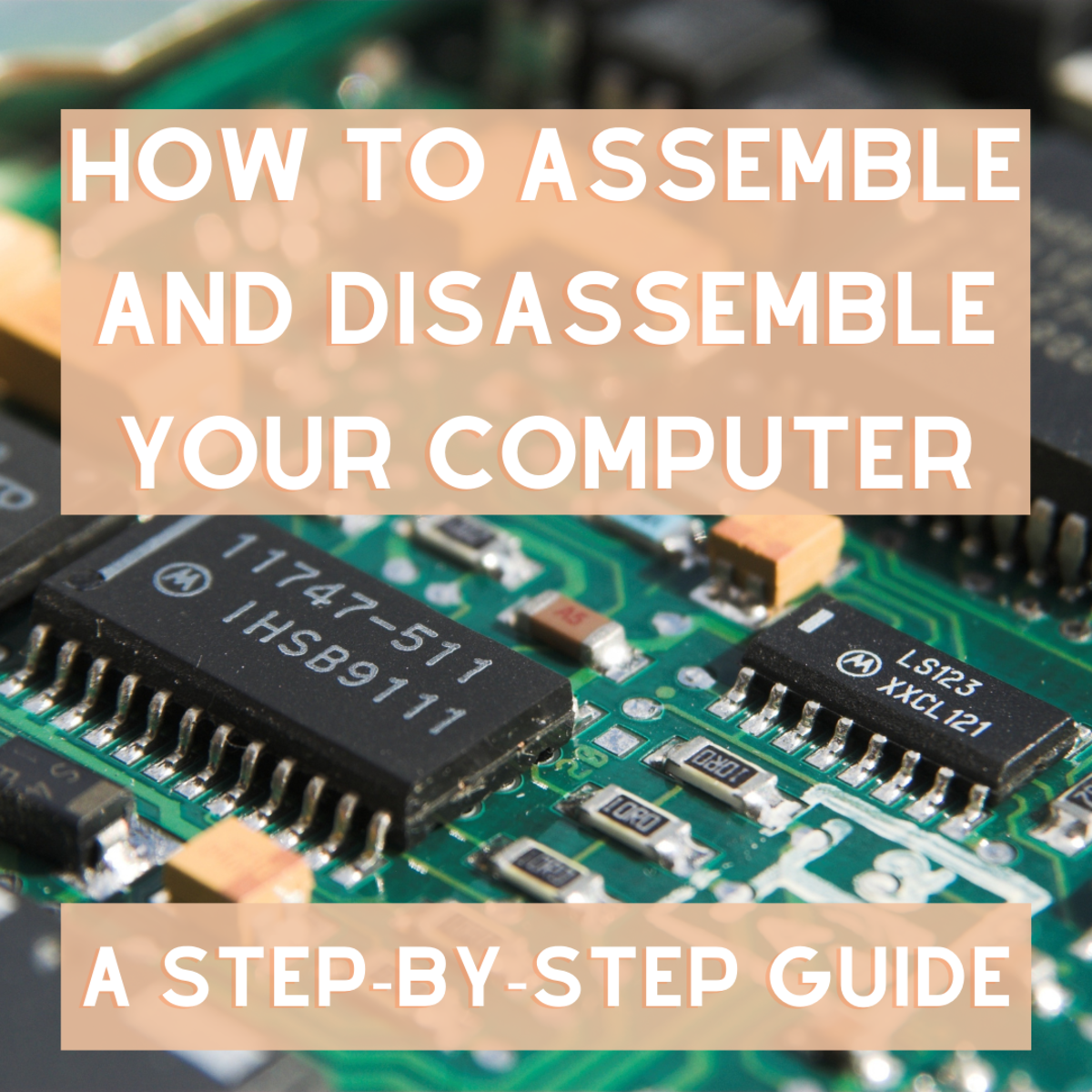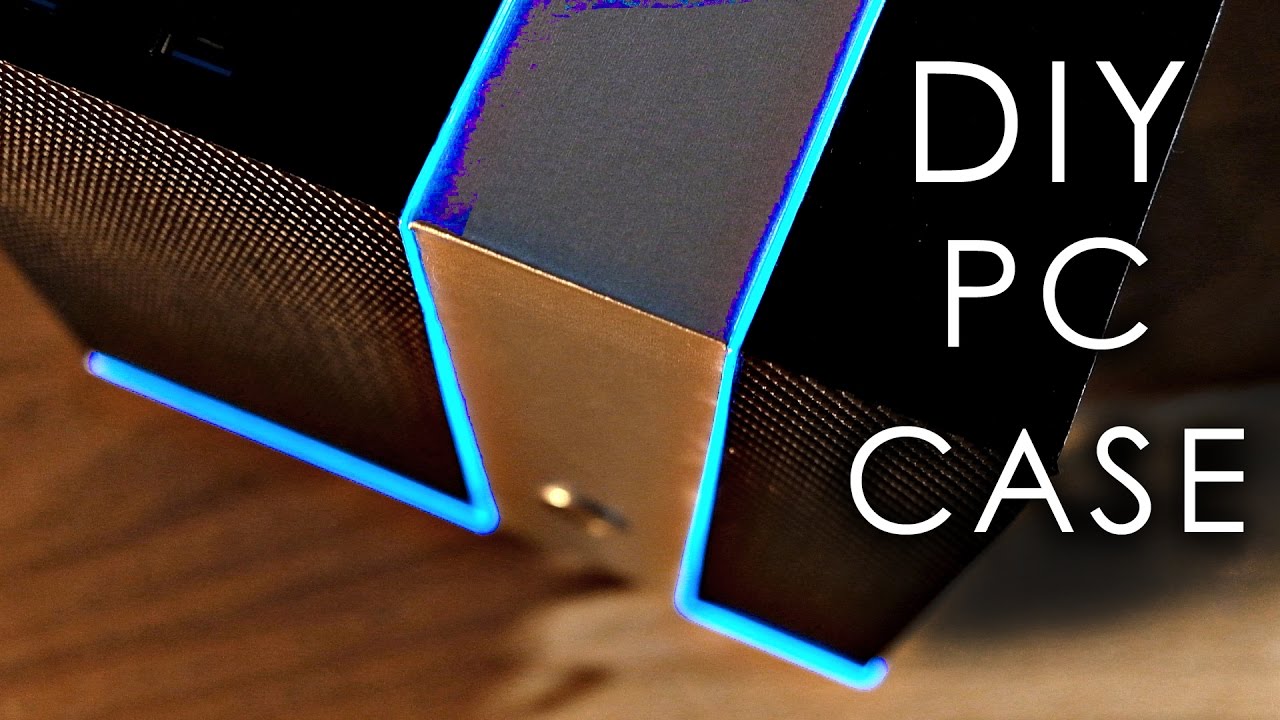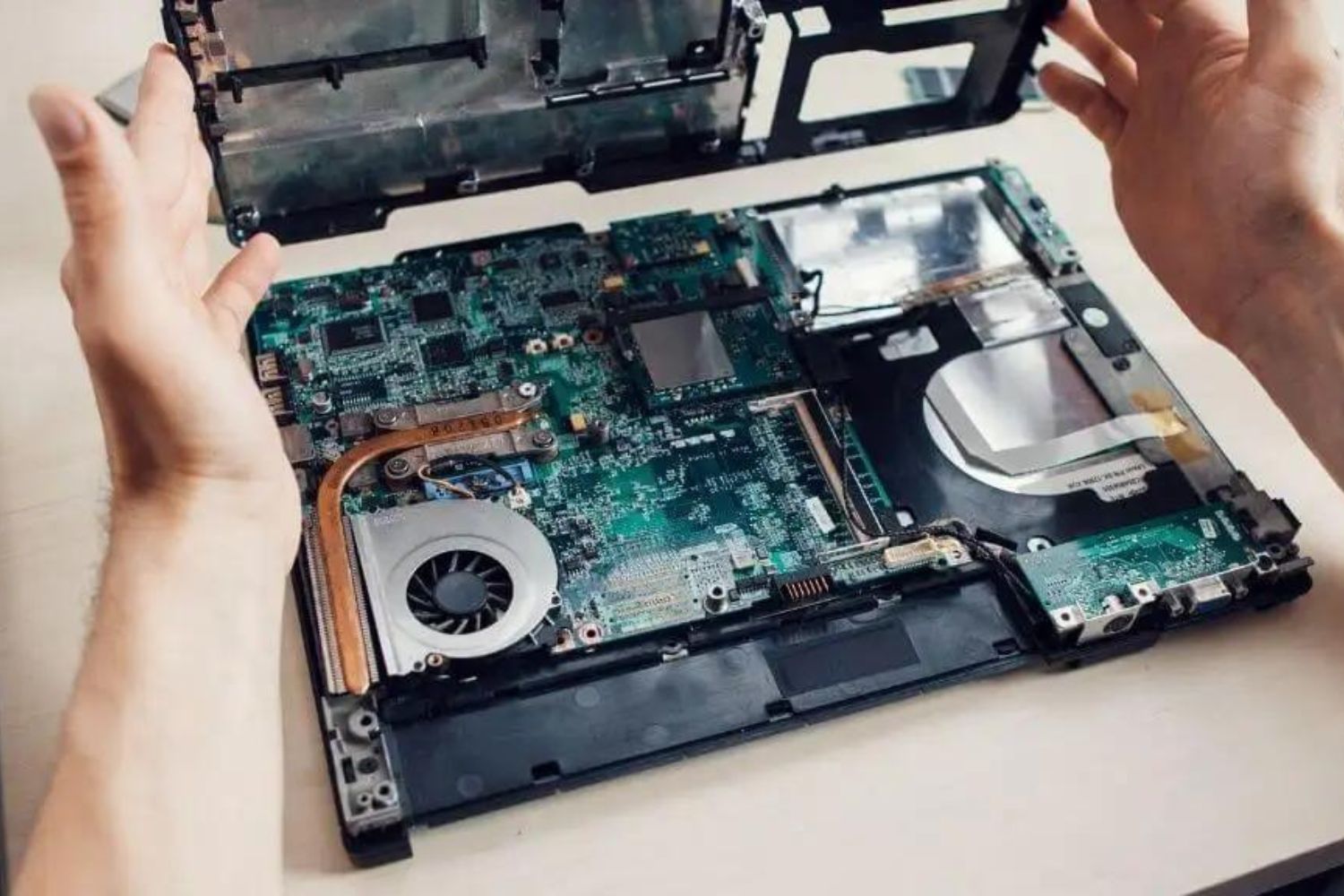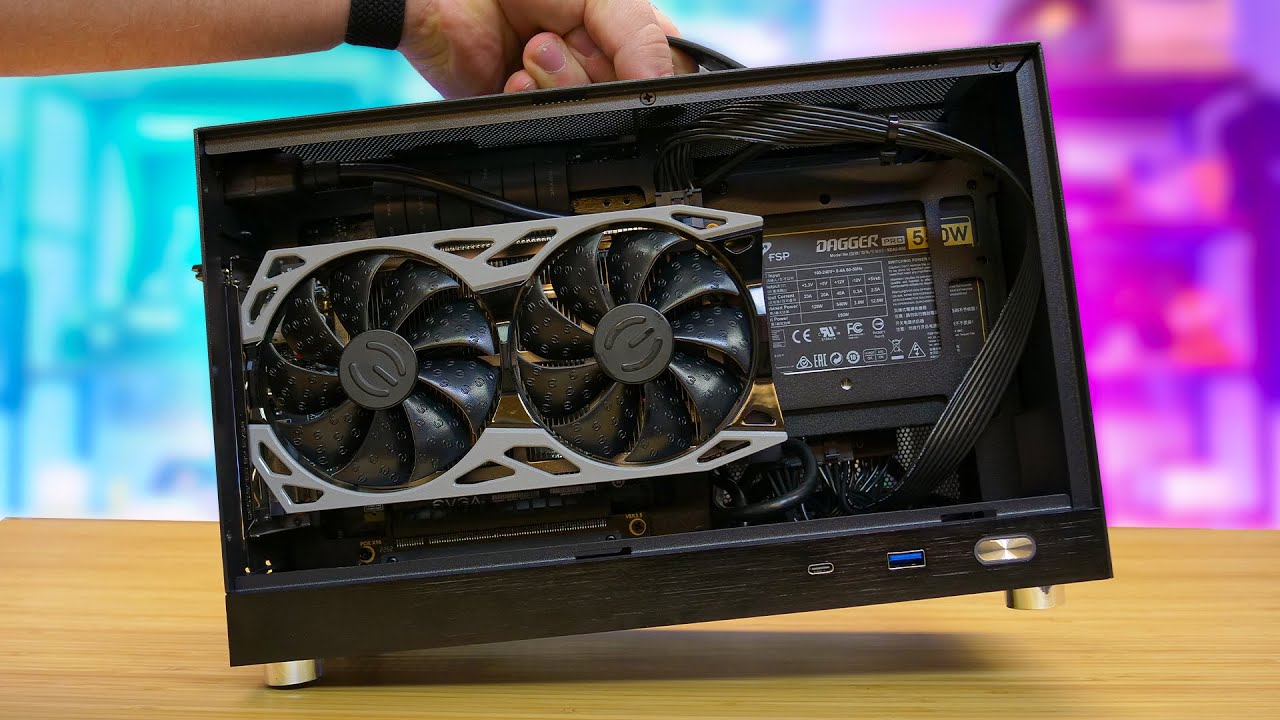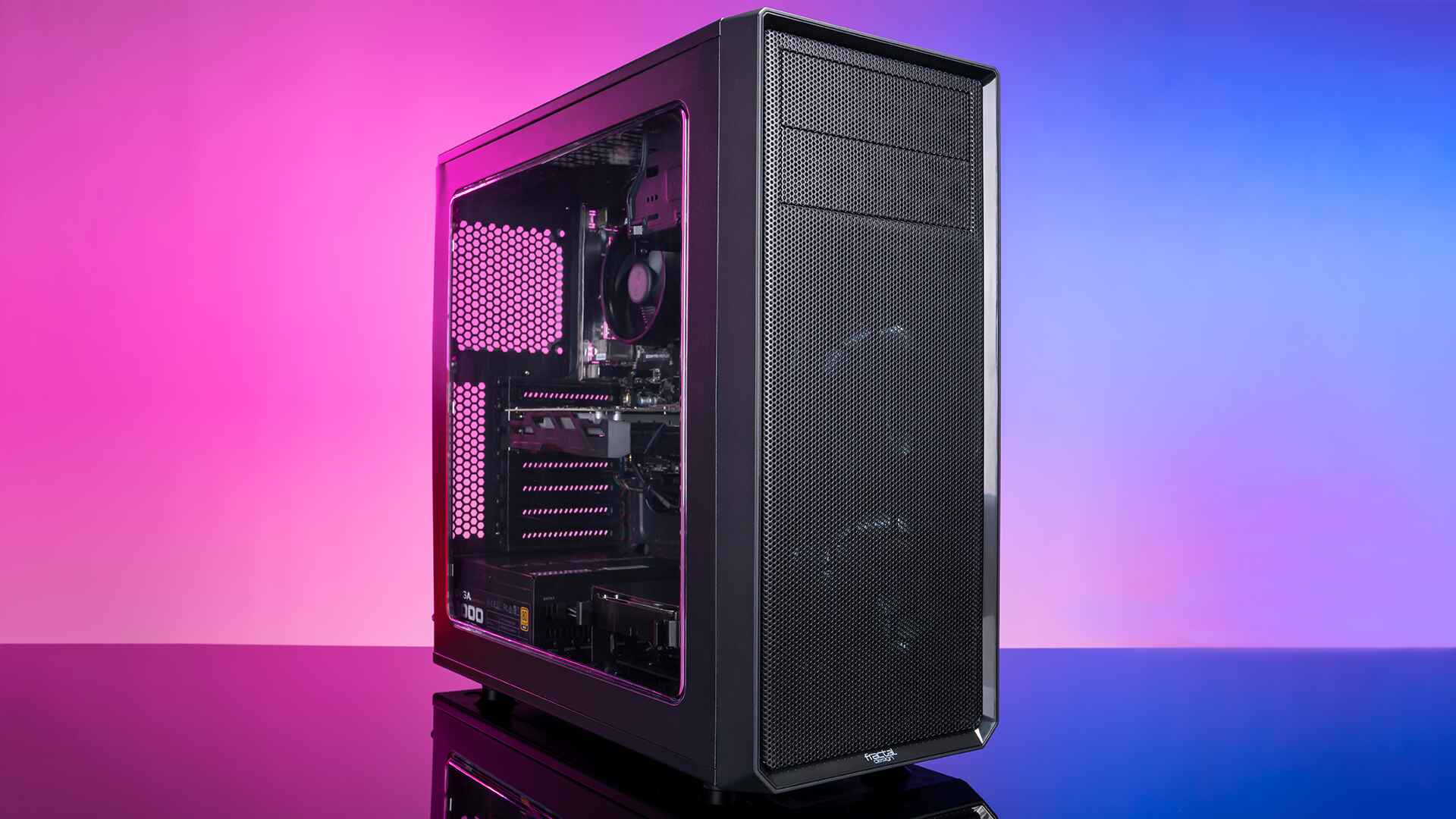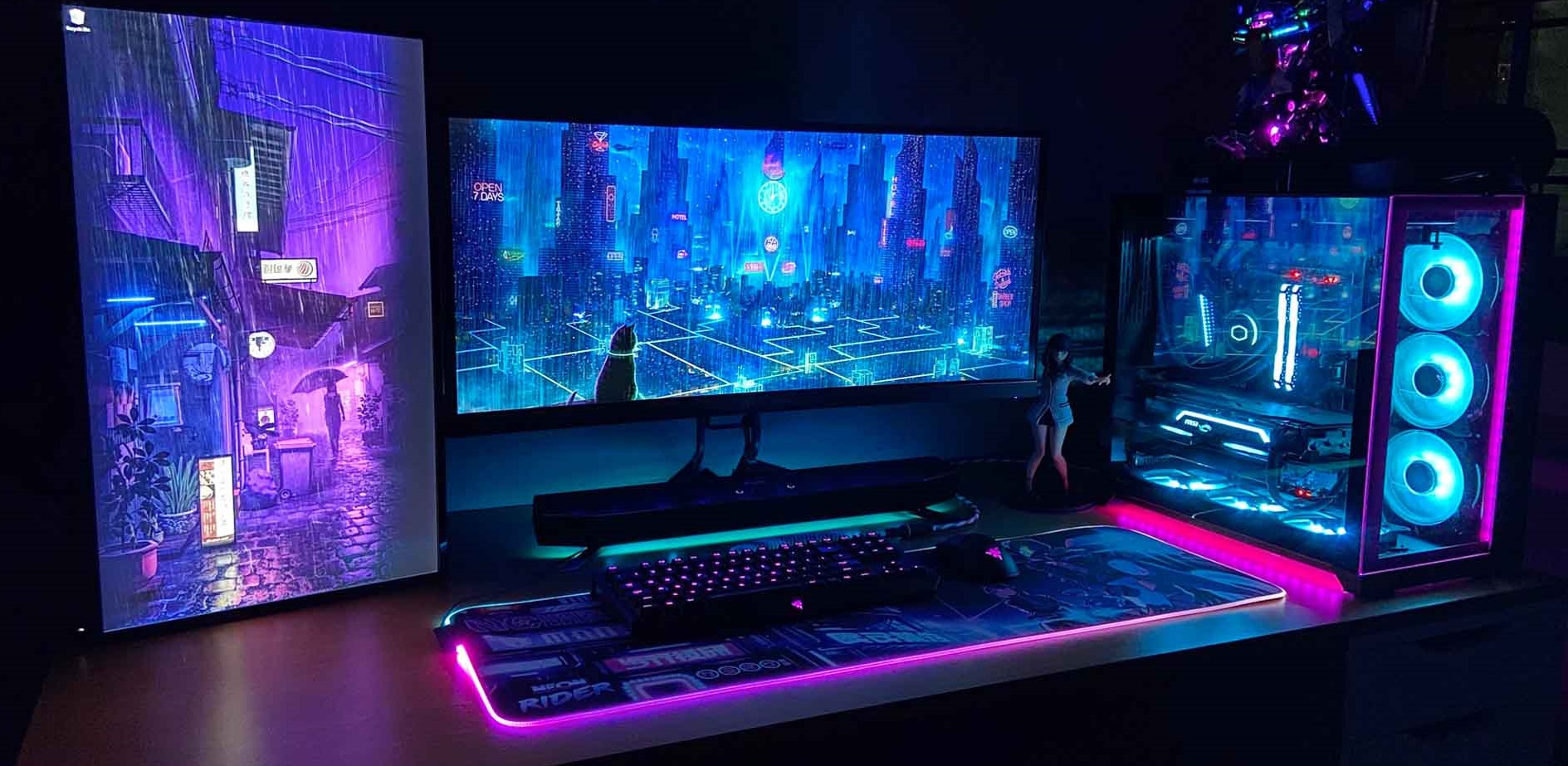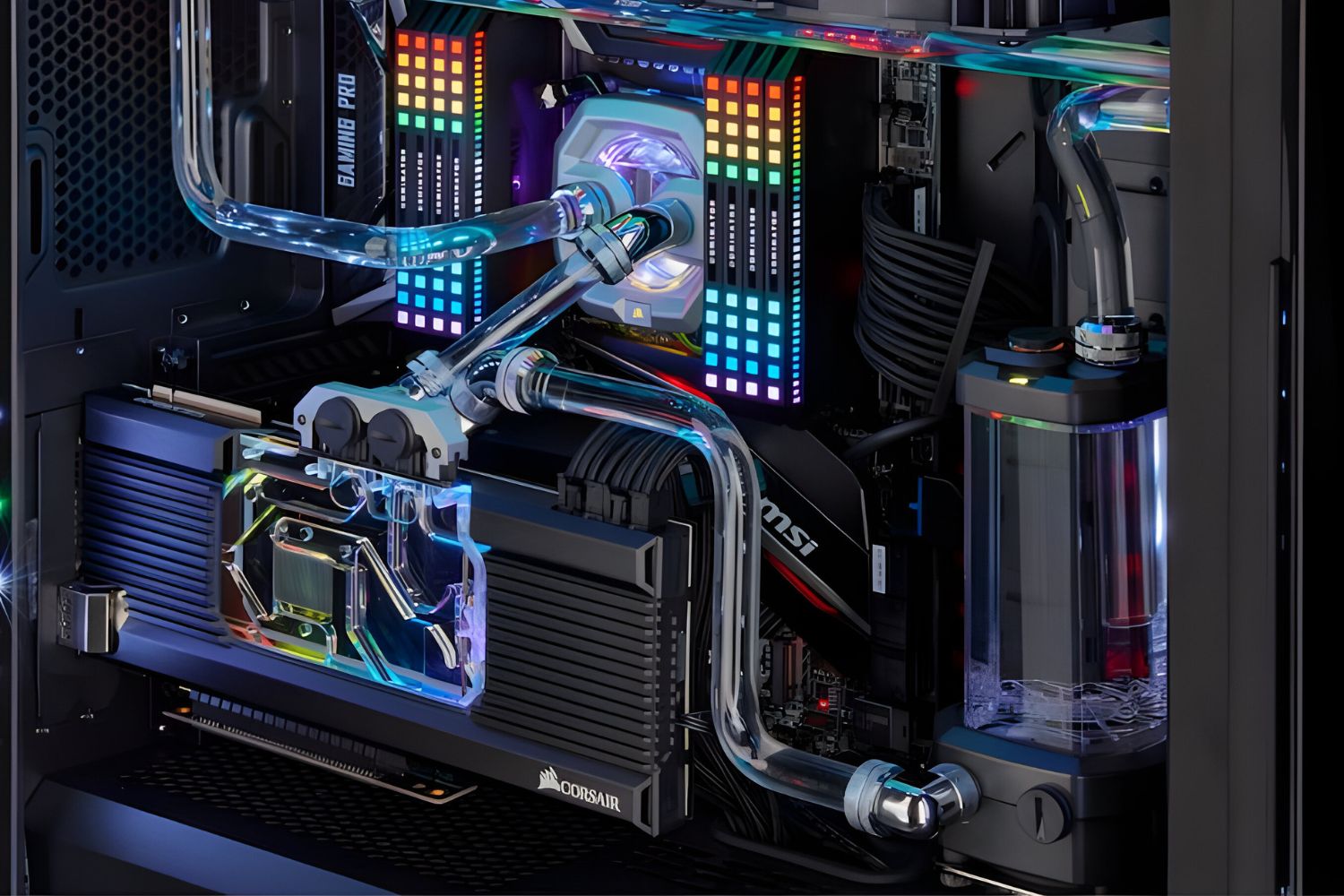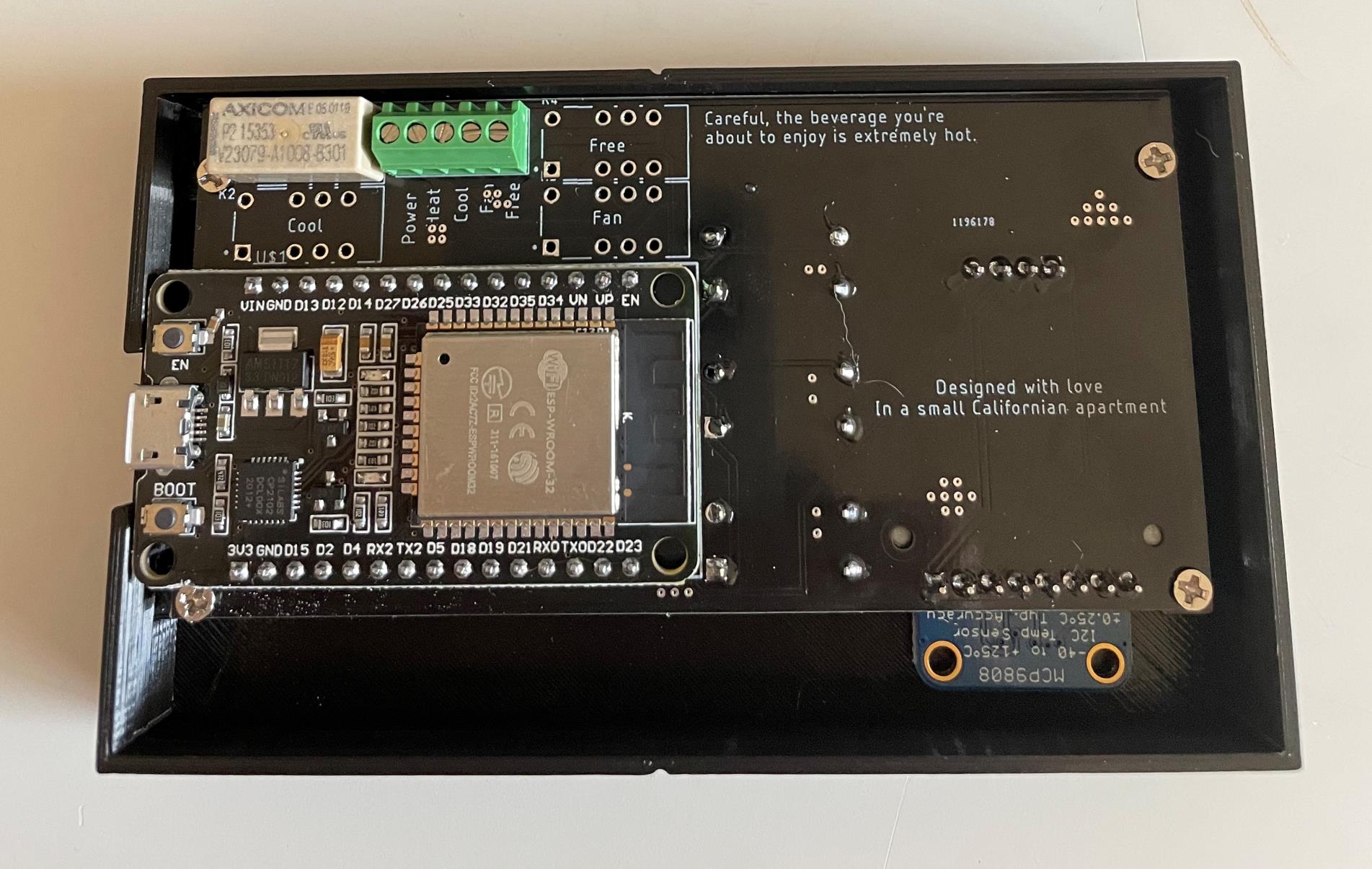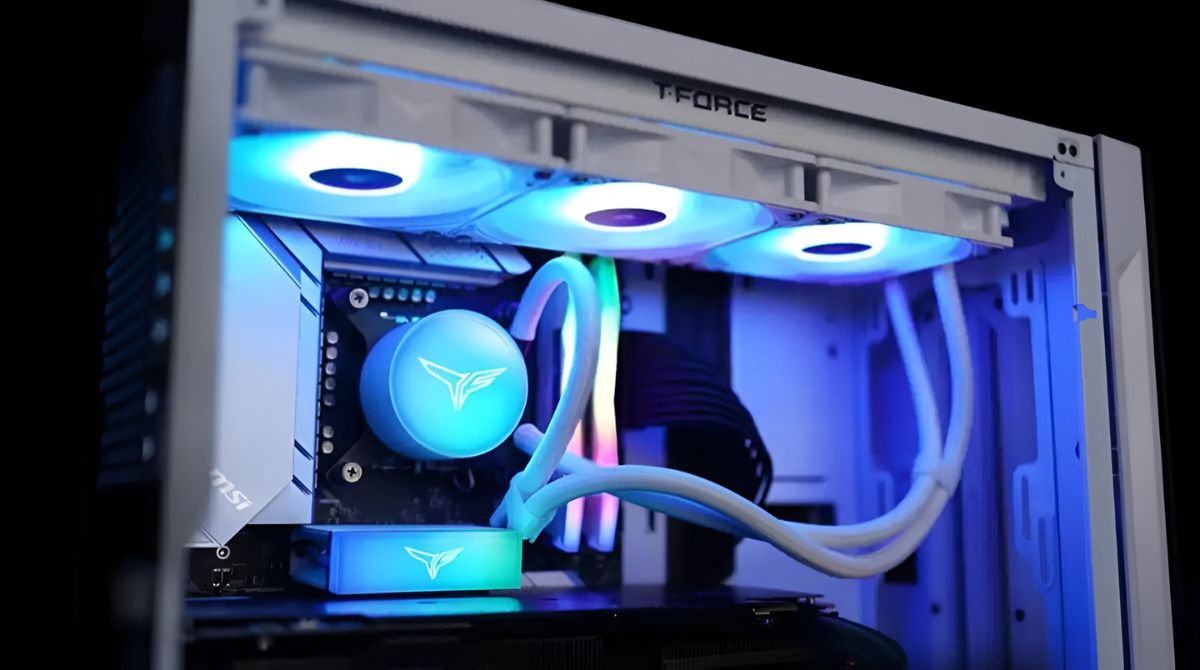Introduction
Welcome to our step-by-step guide on assembling the CPU! Whether you are building a computer from scratch or upgrading an existing system, correctly assembling the CPU is a crucial process. The central processing unit (CPU) is the brain of the computer, responsible for executing instructions and performing calculations, making it essential to ensure proper installation.
This guide will walk you through the necessary steps to correctly assemble the CPU, starting from preparing the components to testing the CPU at the end. Don’t worry if you are new to computer assembly – we have simplified the process to make it easy for beginners to follow along.
Before we begin, it’s important to note that different CPUs and motherboards may have specific installation requirements. Be sure to consult the manuals and documentation provided by the manufacturers for your specific components to ensure you understand the installation process unique to your hardware.
Now, let’s dive into the step-by-step process of assembling the CPU!
Step 1: Preparing the Components
Before we begin the actual assembly process, it is essential to ensure that you have all the necessary components ready. Double-check that you have the CPU, motherboard, CPU cooler, thermal paste, and power supply on hand.
First, ensure that you are working in a clean and well-lit workspace. This will help prevent any dust or debris from getting into the delicate components and make it easier for you to see what you are doing.
Next, consult the manuals for your CPU and motherboard to familiarize yourself with their specific requirements. Different CPUs have different socket types and may require specific installation methods. Likewise, each motherboard will have specific instructions for CPU installation. Familiarizing yourself with these details will help you avoid costly mistakes and prevent damage to the components.
Once you have familiarized yourself with the instructions, it’s time to prepare the components. Start by carefully removing the CPU from its packaging. Handle it by the edges to avoid any damage or fingerprints on the sensitive pins.
Inspect the CPU socket on the motherboard and check for any bent or damaged pins. If you find any, it is crucial to address the issue before proceeding further, as bent or damaged pins can cause connectivity issues and potentially damage the CPU.
Now, locate the CPU cooler that came with your CPU or the aftermarket cooler you have chosen. Depending on the type of cooler, it may require additional preparation, such as applying thermal paste or removing protective covers. Refer to the cooler’s manual for specific instructions.
With all the components prepared and ready, you are now set to move on to the next step: installing the CPU.
Step 2: Installing the CPU
With all the components prepared, it’s time to install the CPU into the motherboard. This step requires careful handling to ensure proper alignment and prevent any damage to the CPU or motherboard.
Begin by locating the CPU socket on the motherboard. Lift the lever or latch on the side of the socket to open it. Check the orientation notches on both the CPU and socket to ensure they align correctly.
Gently place the CPU into the socket, taking care to align the notches on the CPU with the corresponding ones on the socket. Avoid applying excessive pressure as the CPU should drop into place smoothly.
Once the CPU is in place, lower the socket lever or latch to secure it in place. Ensure that the lever is fully closed and latched to provide proper contact and stability.
Double-check that the CPU is correctly seated in the socket. It should be level and evenly positioned. Any misalignment can cause issues with connectivity and prevent the computer from functioning correctly.
Now, it’s time to move on to the next step – applying thermal paste.
Step 3: Applying Thermal Paste
Thermal paste is a crucial component in heat transfer between the CPU and the cooler. It helps fill in microscopic gaps and ensures efficient heat dissipation, preventing the CPU from overheating. In this step, we’ll guide you through the process of applying thermal paste correctly.
Start by cleaning the surface of the CPU and the base of the CPU cooler using isopropyl alcohol and a lint-free cloth. This step is crucial to remove any dirt, debris, or residue that could affect the performance of the thermal paste.
Next, locate the small tube of thermal paste that usually comes with the CPU cooler. Squeeze a pea-sized dot of thermal paste onto the center of the CPU. It might seem like a small amount, but remember that thermal paste spreads out when pressure is applied.
Using a plastic spreader or the cooler’s included applicator, carefully spread the thermal paste in a thin, even layer across the entire surface of the CPU. Ensure that the paste covers the entire CPU, but avoid applying too much pressure, as it could cause the paste to spill over the sides.
Be cautious not to touch the surface of the CPU or the thermal paste with your fingers, as the oils from your skin can interfere with the heat transfer. If you accidentally touch the surface, clean it again with isopropyl alcohol and a lint-free cloth before proceeding.
Once you have evenly spread the thermal paste, it’s time to move on to the next step: attaching the CPU cooler.
Step 4: Attaching the CPU Cooler
Now that the thermal paste is applied, it’s time to attach the CPU cooler. The CPU cooler plays a crucial role in maintaining the temperature of the CPU by dissipating heat generated during operation. Follow these steps to securely attach the CPU cooler.
Start by identifying the mounting mechanism for your CPU cooler. There are different types, such as brackets, screws, or push-pin designs. Refer to the cooler’s manual to ensure you understand the specific installation method.
Align the cooler’s mounting brackets (or other mounting mechanism) with the corresponding holes on the motherboard. Gently lower the cooler onto the CPU, ensuring that the cooler’s base makes contact with the thermal paste you applied earlier.
If your cooler uses screws, tighten them in a diagonal pattern, gradually and evenly, until secure. Be careful not to overtighten, as it can damage the CPU or motherboard.
If your cooler uses a different mounting mechanism, follow the instructions provided in the manual to secure it in place. Pay attention to any additional requirements, such as securing clips or tightening levers.
Double-check that the cooler is firmly attached and seated evenly on the CPU. Ensure that there is no excessive wobbling or movement. A secure and stable cooler installation is essential for optimal heat dissipation.
Once the CPU cooler is securely attached, you can proceed to the next step: connecting the power supply.
Step 5: Connecting the Power Supply
Now that the CPU cooler is in place, it’s time to connect the power supply to your motherboard. The power supply provides the necessary electricity to all the components, including the CPU.
Locate the 24-pin ATX power connector on your motherboard. The power supply’s main cable has a 24-pin connector that matches the port on the motherboard. Align the connector and firmly push it into place until it clicks. Ensure that it is securely connected and seated properly.
Next, check if your CPU requires additional power connectors. Some CPUs have an additional 4-pin or 8-pin CPU power connector near the socket. Consult your motherboard and CPU manuals to identify the correct connector and its location on the power supply.
Take the appropriate CPU power cable from the power supply and align it with the socket on the motherboard. Carefully connect it by firmly pushing it into the socket. Like the ATX power connector, ensure that it is securely connected and seated correctly.
Double-check all connections to make sure they are properly seated and secure. Loose or improper connections can lead to instability and potentially damage your components.
Once you have verified that all power connections are correctly in place, you can proceed to the next step: closing the CPU socket.
Step 6: Closing the CPU Socket
Now that the power supply is connected, it’s time to close the CPU socket to ensure the CPU remains securely in place. Closing the socket provides additional stability and helps prevent any accidental disconnections during use.
First, locate the lever or latch that you opened earlier to install the CPU. Gently lift the lever or unlock the latch, being mindful of any resistance. Check the CPU and ensure that it has not shifted or become misaligned during the previous steps.
Once you have verified the position of the CPU, carefully lower the lever or lock the latch back into place. This will secure the CPU in the socket and provide the necessary pressure for proper contact with the connected cooler.
Make sure the lever or latch is fully closed and locked in position. A secure closure will ensure that the CPU remains properly seated and reduce the risk of any accidental movements or damage.
Take a moment to visually inspect the closed socket to confirm that everything appears aligned and securely fastened. Any visible misalignment or loose components should be addressed before proceeding further.
With the CPU socket properly closed, you are now ready to move on to the final step: testing the CPU to ensure it is functioning correctly.
Step 7: Testing the CPU
After completing the assembly process, it’s crucial to test the CPU to ensure that it is functioning correctly. Testing the CPU will help identify any potential issues before proceeding to the full system setup. Follow these steps to test the CPU:
First, connect the power supply to the main power source and turn it on. Verify that the power cables are securely connected and that the power supply is functioning correctly.
Once the power is on, listen for any beep codes or error messages from the motherboard. These indicators can alert you to potential problems with the CPU or other components. Consult the motherboard’s manual to understand the meaning of these codes.
Check if the CPU fan is spinning. The CPU fan is crucial for cooling the processor during operation. If the fan is not spinning, there might be an issue that needs to be resolved before further use.
Access the BIOS settings by pressing the designated key (common keys are DEL, F2, or F10) during the startup process. Once in the BIOS, navigate to the CPU information section to ensure that the CPU is correctly detected and recognized by the system.
While in the BIOS, you can also monitor the CPU temperature. If the temperature is excessively high or the system is displaying warning messages, it could indicate improper installation or cooling issues.
In addition to checking the BIOS, you can run CPU stress tests or monitor software to put the processor under load and observe its performance. These tests help ensure stability, proper functioning, and the absence of any overheating or performance issues.
If you encounter any abnormalities during testing, such as excessive temperatures or error messages, power off the system and revisit the previous steps to troubleshoot and verify proper installation.
Once you are satisfied that the CPU is functioning correctly and performing within normal parameters, you can proceed to complete the setup of your computer system.
Congratulations! You have successfully assembled and tested your CPU. With the CPU properly installed, you can now move on to installing other components and configuring your complete computer system for your desired use.
Conclusion
Assembling the CPU is a critical step in building or upgrading a computer system. By following the step-by-step guide outlined in this article, you can successfully assemble your CPU while ensuring proper installation and functionality.
Starting with preparing the components and familiarizing yourself with the CPU and motherboard’s specific instructions, you can proceed to install the CPU into the socket carefully. Applying thermal paste correctly is essential for efficient heat transfer, and attaching the CPU cooler securely ensures proper cooling.
Connecting the power supply and closing the CPU socket are vital steps to provide stable power and further secure the CPU in place. Lastly, testing the CPU through power-up, BIOS checks, and stress testing confirms its proper functioning before continuing with the system setup.
Remember to consult the manuals and documentation provided by the CPU and motherboard manufacturers for any specific requirements or variations in the assembly process.
With your CPU successfully assembled and tested, you are now ready to install other components, such as memory, storage devices, and graphics cards, to complete your computer system. Ensure to follow the proper installation instructions for each component to fully harness the power of your CPU.
Building and assembling your own computer system can be a rewarding experience, and correctly assembling the CPU is a crucial step in the process. By following the steps outlined in this guide, you can have the confidence that your CPU is properly installed and ready to deliver optimal performance.
So, roll up your sleeves, take your time, and enjoy the process of assembling your CPU. Happy computing!







